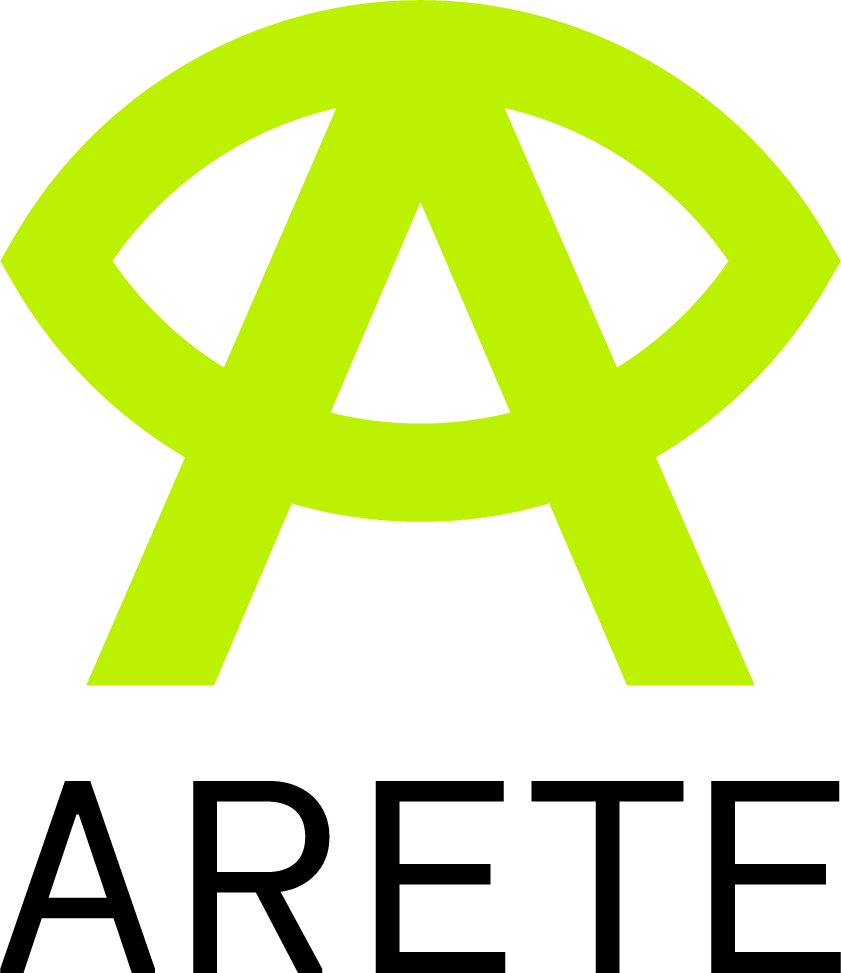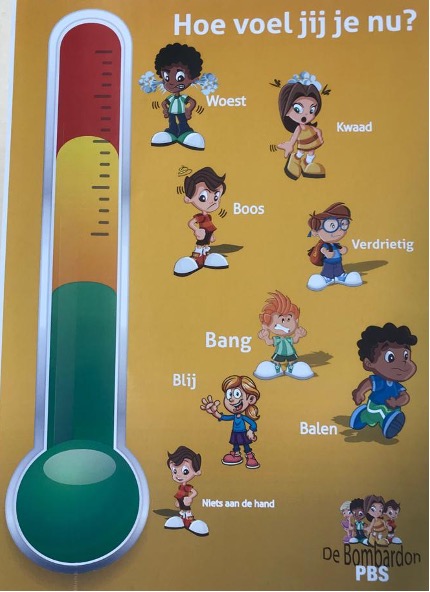The benefits of multi-user interaction in AR applications for education
As more and more classroom activities are performed using technological tools such as interactive simulations or Augmented Reality experiences, the teachers are becoming aware of both the potential and the risks associated to using these technologies.
Especially after the Covid-19 pandemic forced many students to stay at home, researchers and technology providers have been devising methods that, by using dedicated software, allow teachers and pupils to have a learning experience as close as possible to the classroom experience.
Applications that allow multi-user interactions are especially relevant. In the ARETE project, we are developing AR applications that will help learning and retention, but it is equally important that the applications also consider the social interactions that students usually experience at school.
Multi-user interactions allow for example to perform collaborative tasks between students, increasing their ability to work in a team as well as their social skills. Another advantage provided by apps with multi-user capabilities is that they are usually more engaging for students, both in competitive scenarios (team quizzes, or serious game-based learning) and for standard learning activities, where everybody can provide feedback and modify what is being presented by the teacher.
For remote applications multi-user capabilities are extremely important, as they may convert a passive, teacher-to-student only communication, to more active and interesting learning sessions where students can communicate with each other, access the same AR experiences and share what they are doing and seeing.
We believe that multi-user AR applications represent an important tool for students and teachers alike, and they can help students’ engagement and facilitate learning and retention.



